





The Surrealism Website
Ernst Fuchs (1930-2015)
 Ernst Fuchs was born in Vienna. He was interned in a transit camp for part of World War II, due to his father being Jewish, but his mother, being Christian, had him baptised which saved him from becoming one of the victims of the Nazi Holocaust. After the war he attended the prestigious Academy of Fine Arts in Vienna where he met fellow students Arik Brauer, Fritz Janschka, Wolfgang Hutter, Anton Lehmden, as well as the somewhat older Rudolf Hausner.
Ernst Fuchs was born in Vienna. He was interned in a transit camp for part of World War II, due to his father being Jewish, but his mother, being Christian, had him baptised which saved him from becoming one of the victims of the Nazi Holocaust. After the war he attended the prestigious Academy of Fine Arts in Vienna where he met fellow students Arik Brauer, Fritz Janschka, Wolfgang Hutter, Anton Lehmden, as well as the somewhat older Rudolf Hausner.
One of his early paintings is his 1945 'Crucification and self portrait with Inge beside the Cross'. Inge was fellow artist Inge Pace, whose strong Christian religious devotion made an impact on Fuchs. In 1946 some of this small group, painting in much the same style, then thought of as a branch of surrealism, held an exhibition in the foyer of the Vienna Concert Hall. Their works were removed after a public outcry. Teaching at the Academy focussed on the techniques of the Old Masters. Fuchs revived the old mixed technique of underpainting in tempera then adding glazes of oil paint on top. This produced a luminosity to his paintings and also allowed very detailed imagery.
The lack of any positive response from the Vienna art world and his inability to earn a living from his art led him to move to Paris in 1948. There he set up a studio and met some of the surrealist artists. Initially he lived in considerable poverty but by 1951-2 he had achieved some international recognition. He was very attracted to spiritual ideas, esotericism, alchemy, religious symbolism and the Jungian interpretation of symbols.
At first the work of Fuchs and his group was thought of as a branch of Surrealism, however they had little direct connection to the established surrealists. The influential Austrian Art critic, Johann Muschik felt uncomfortable with their work being labelled in this way and in the late 1950s coined the term 'Phantastischer realismus' (Fantastic Realism). This group of artists were not under the influence of Breton's ideas. They did not have to affect an interest in painting their dreams or using automatism in their painting. Instead they thought deeply about how to structure their paintings, and usually had a very detailed plan, sketch or drawing to work from.
Fuchs, being a good publicist for his work, became very successful, even although his work was challenging. In 1958, after returning fom his stays in Paris, America and Israel, he founded the Galerie Fuchs-Fischoff in Vienna to promote and support the then emerging painters of the Fantastic Realism school.
From the late 40s through to 1980 can be seen as his golden period, in which he produced most of his major pieces.
In 1956 he converted to Roman Catholicism and this did shape some of the subject matter of his art. He also drew on his Jewish background and moved for a while to Israel where he tried, through his art, to foster Jewish-Christian understanding. He certainly did not throw out his progressive ideas and become a conventional catholic and did not shy away from depicting nudity, eroticism and painting disturbing images.
Dali and Fuchs became close friends. Fuchs states that when they met they did not discuss painting, but physics and theology. Unlike Dali, Fuchs was always willing to explain the symbolism in this paintings, without any attempt to confuse, mislead or misdirect the reader. As with Dali, Fuchs felt he had to adopt a role with the media to help publicise his work. In the late 70s and 80s he focused all his funds and effort on converting the then derelict Otto Wagner Villa in Hütteldorf, near Vienna into an amazing museum for his work. Through the 1980s and 90s he worked on large scale projects such as set designs for theatre, film, and operas.
In 1990 he began work on the Apocalypse Chapel at Klagenfurt in Austria. He created oil paintings covering the entire interior of this chapel. This took him about 20 years to complete.
Fuchs was an extremely skilled draughtsman, and created many amazingly detailed surrealist drawings and prints. We will look at his graphic output in a separate gallery.
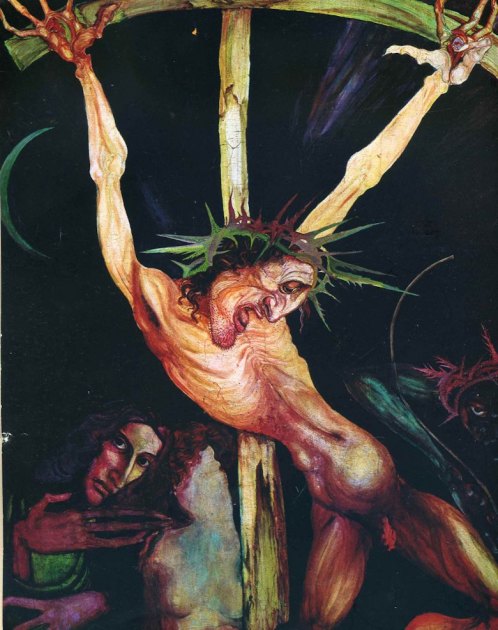


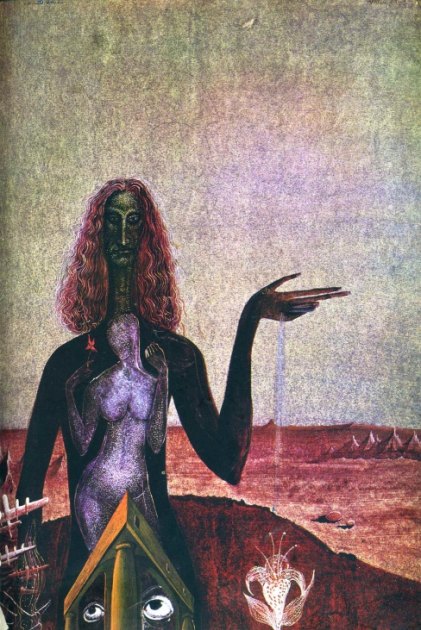
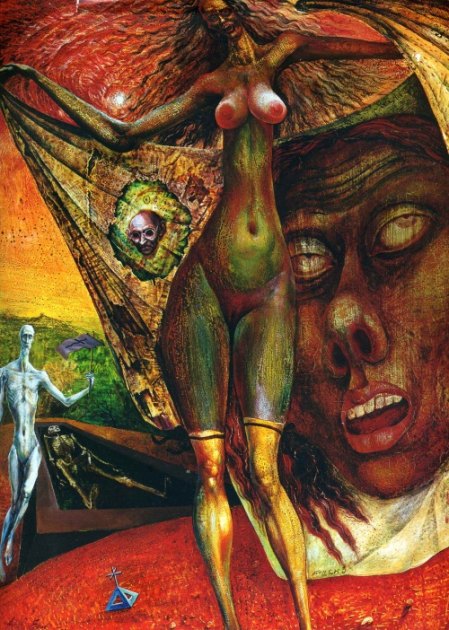
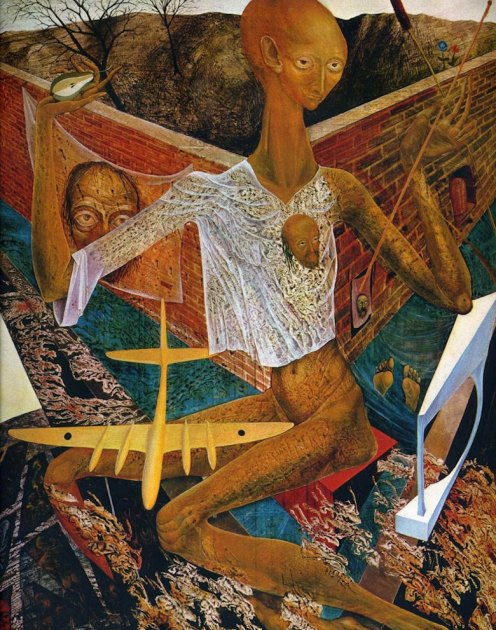
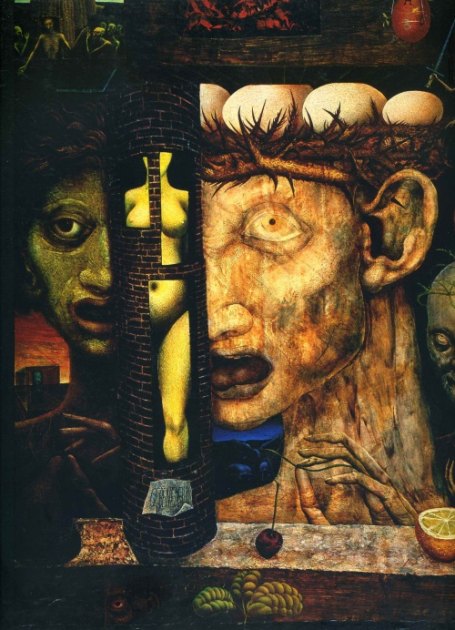
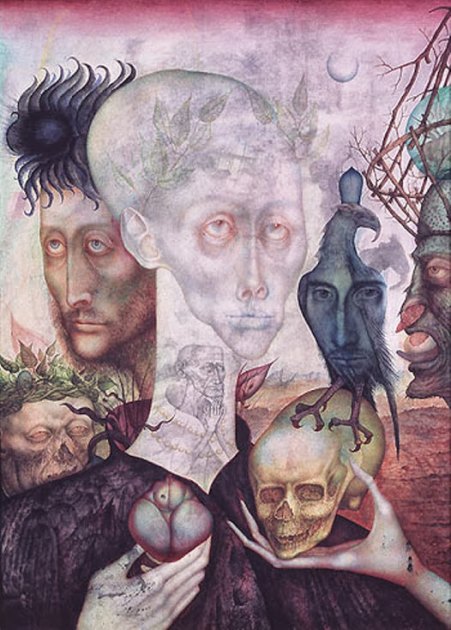
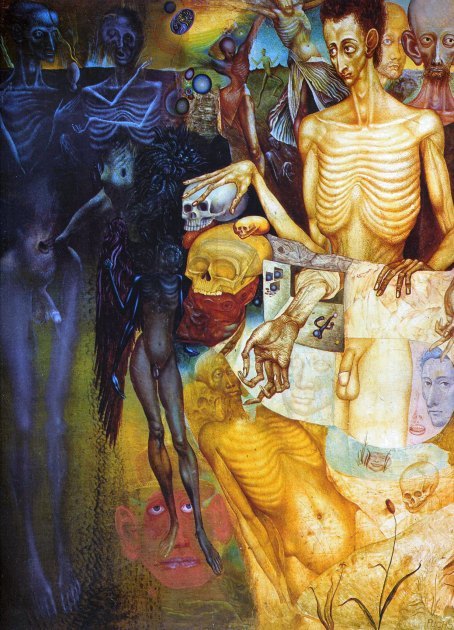

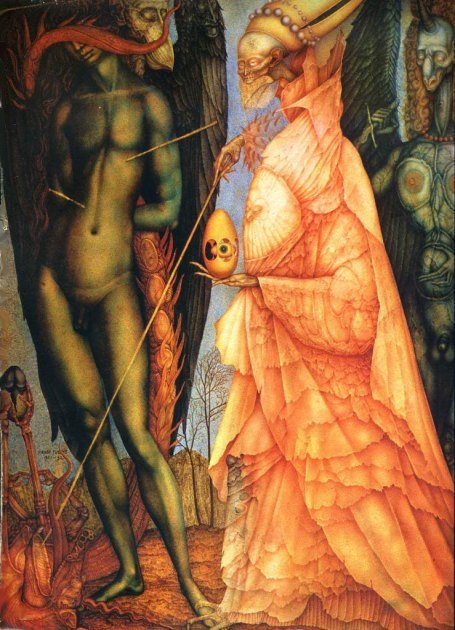
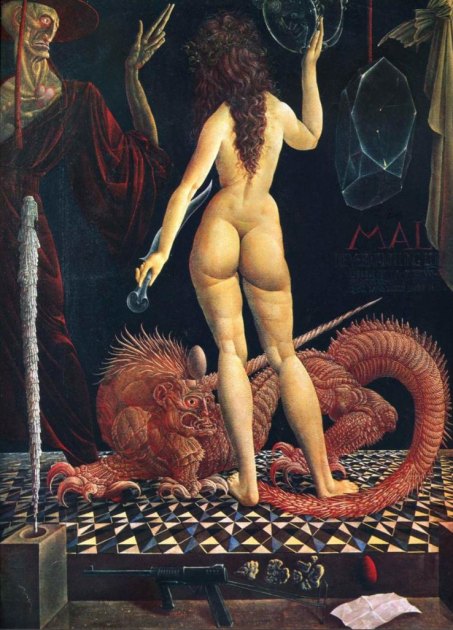
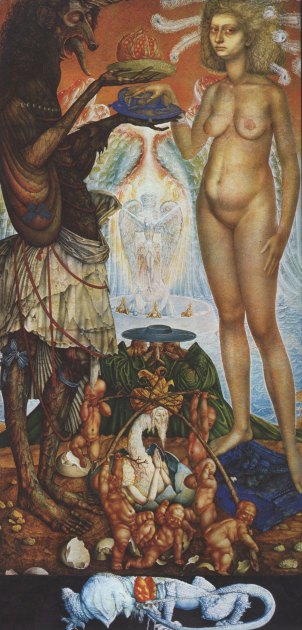
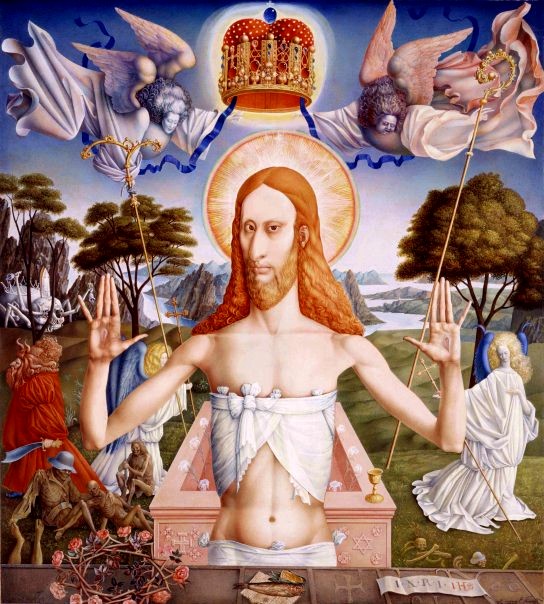

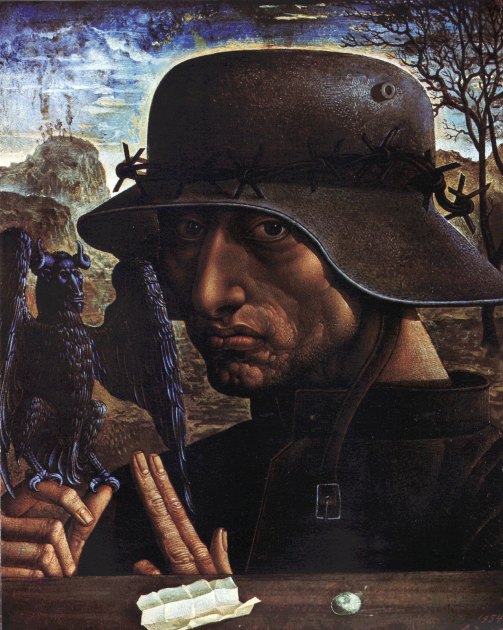
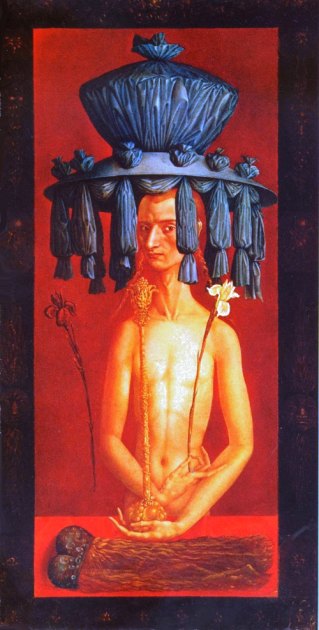
.jpg)
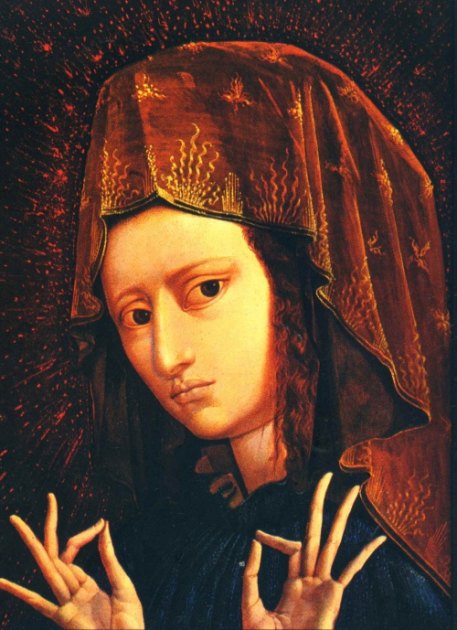
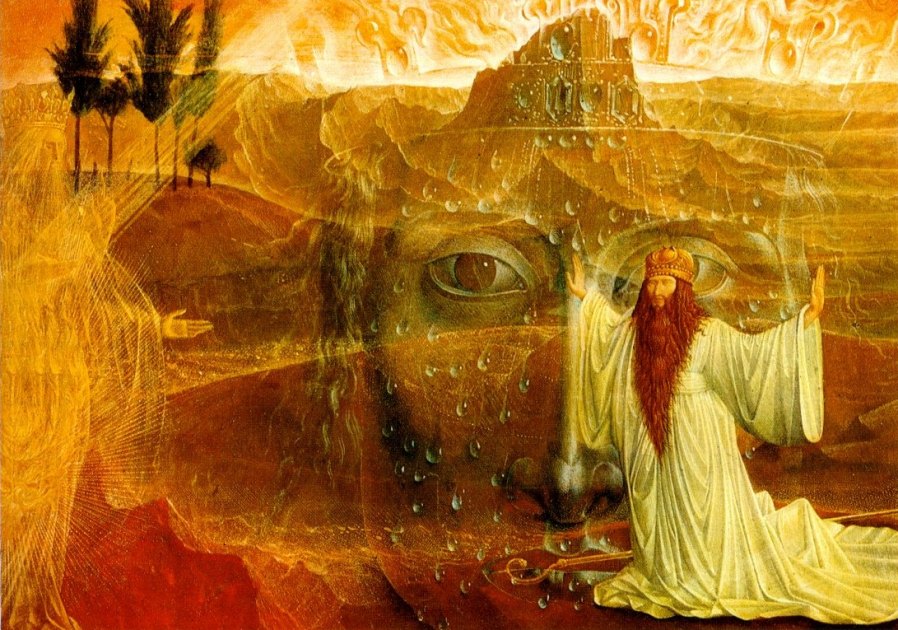
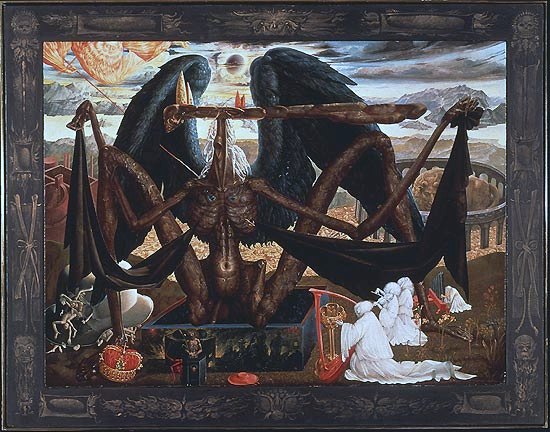
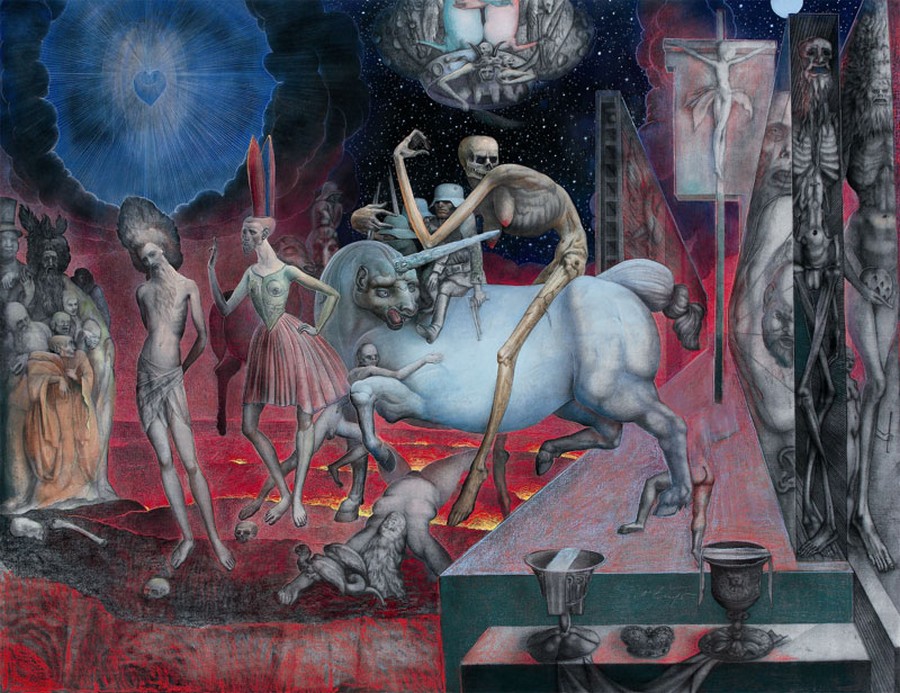
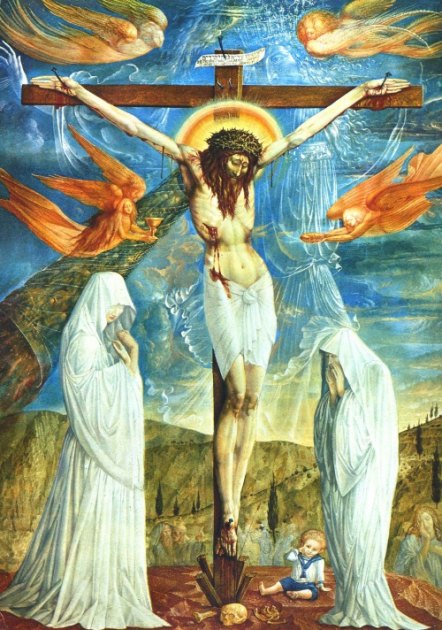
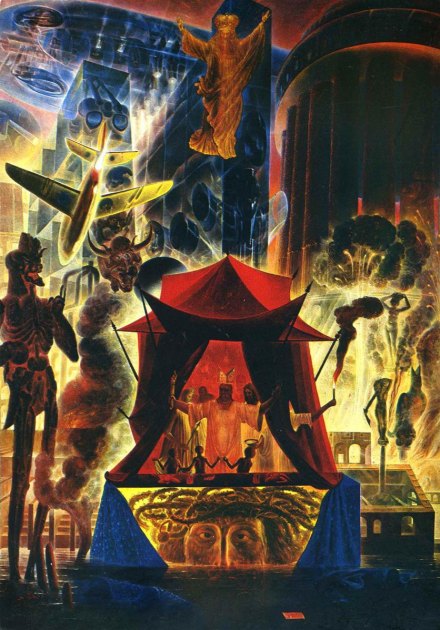
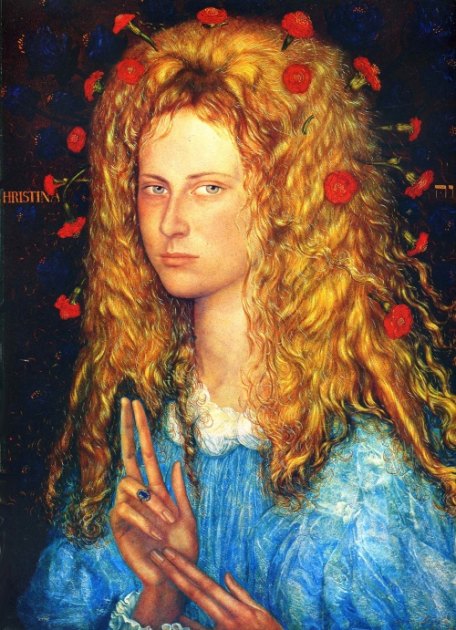
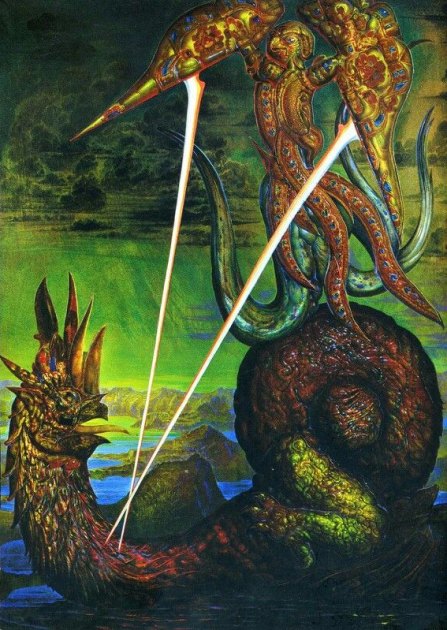
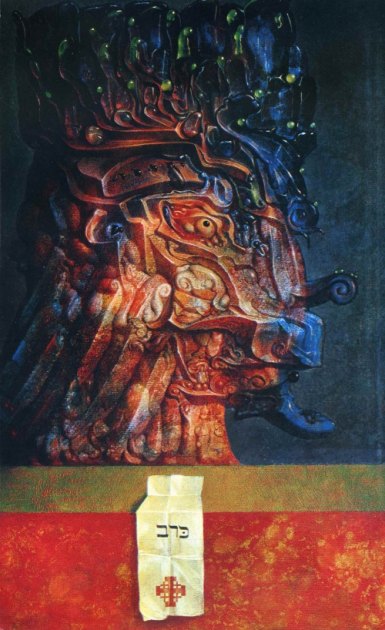

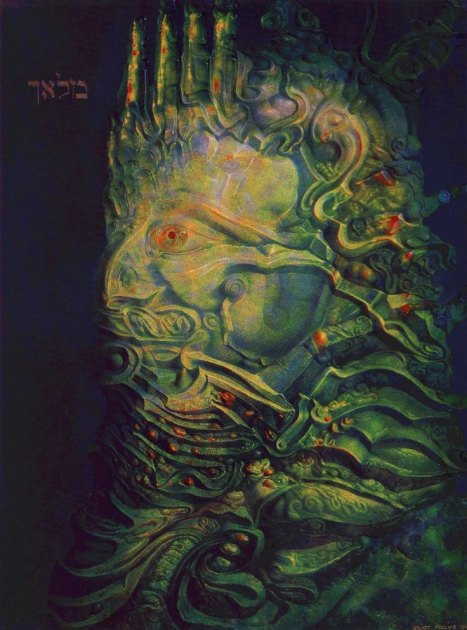

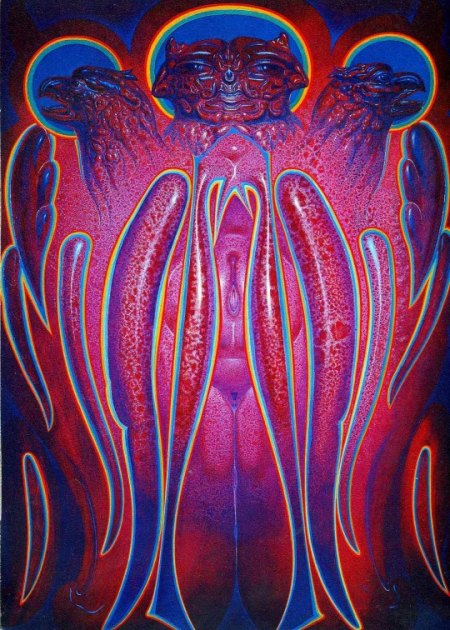

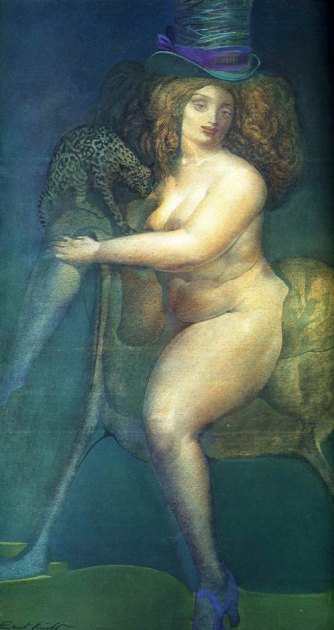
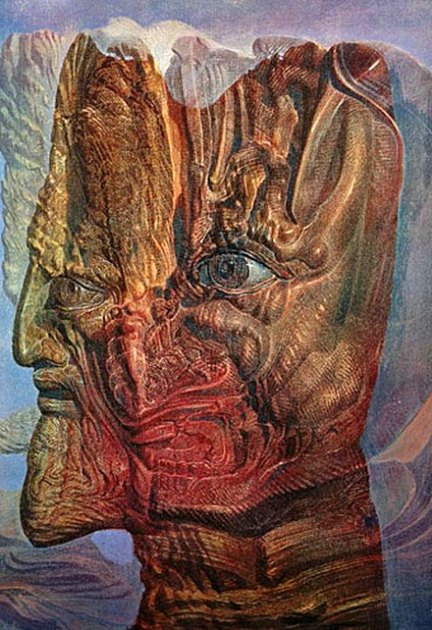
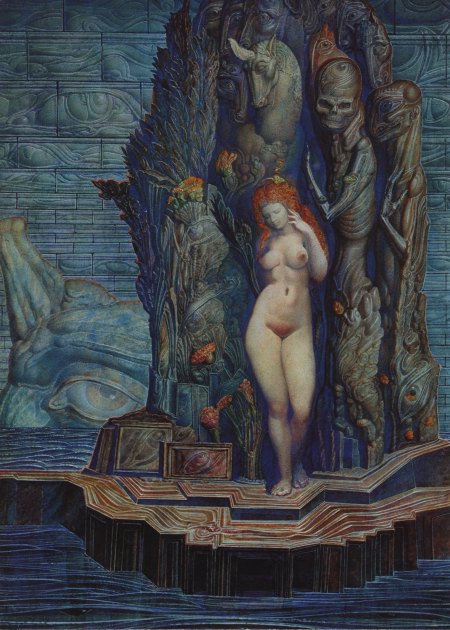
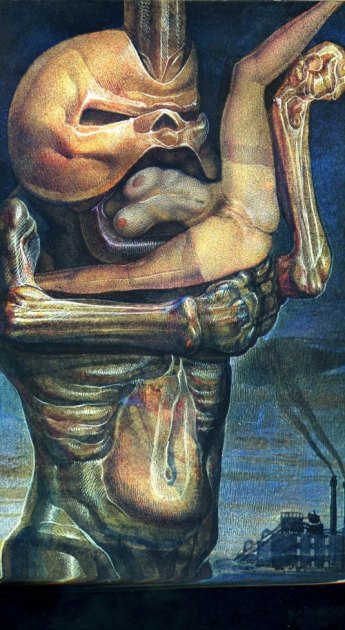
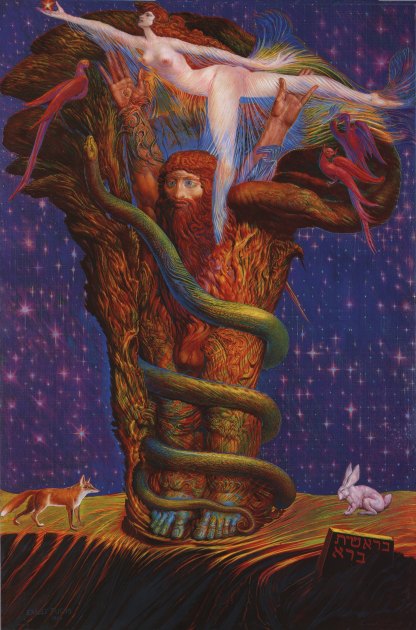
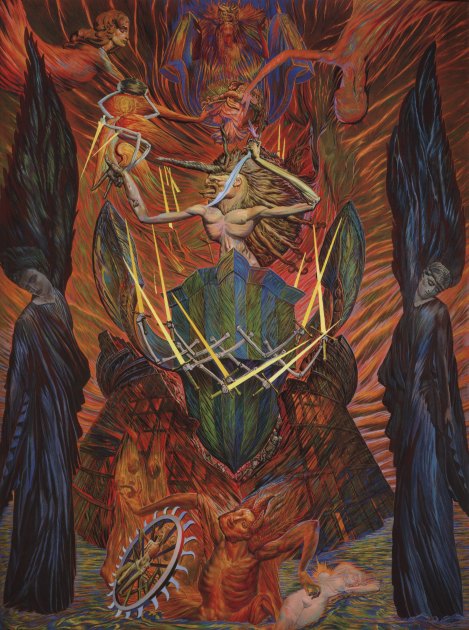
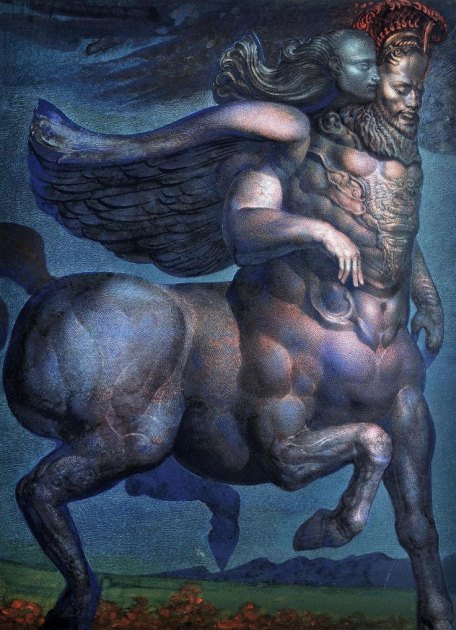
.jpg)

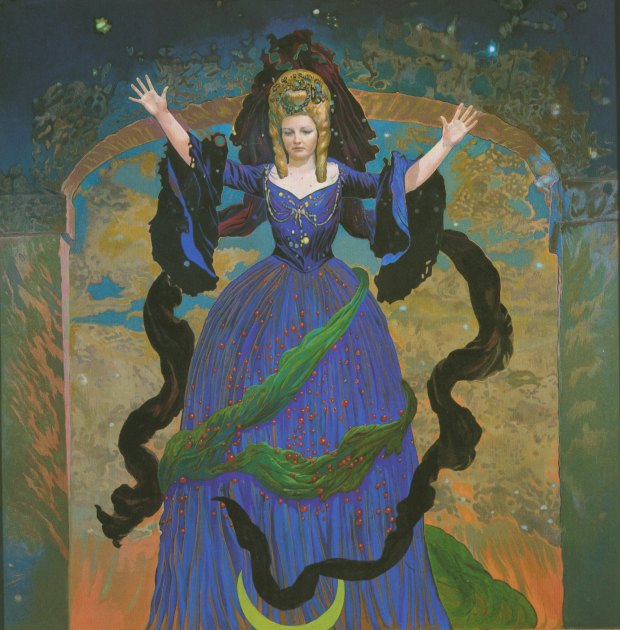
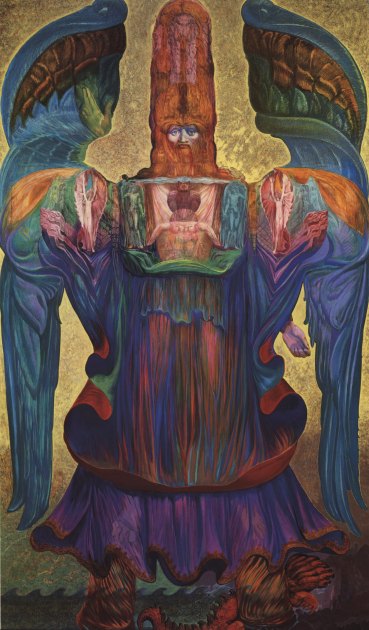
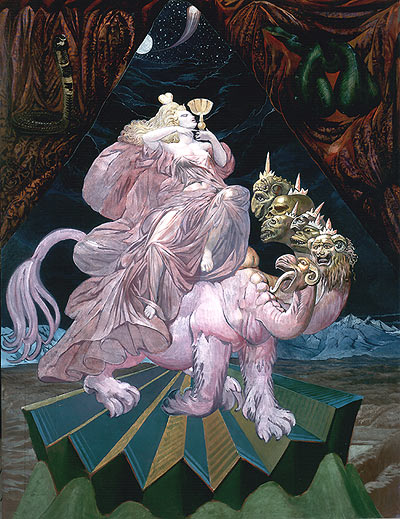
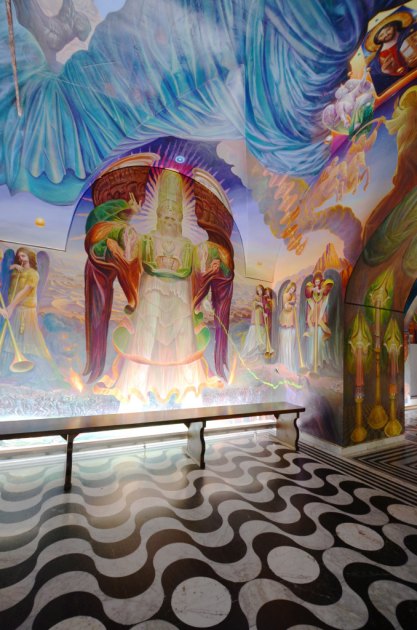
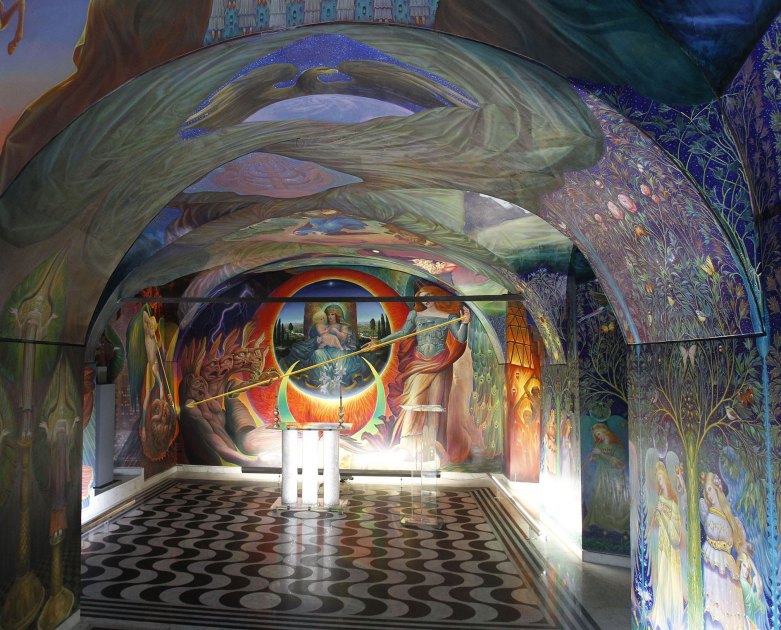
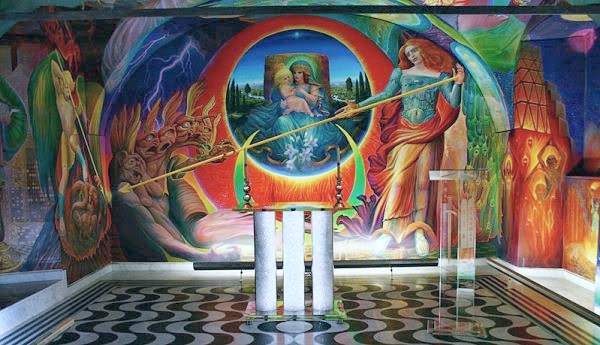
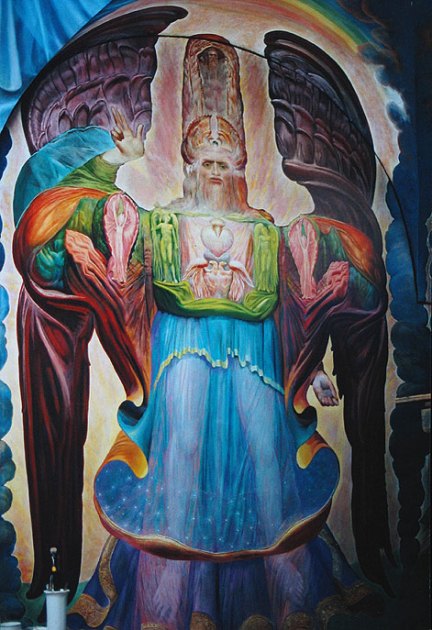
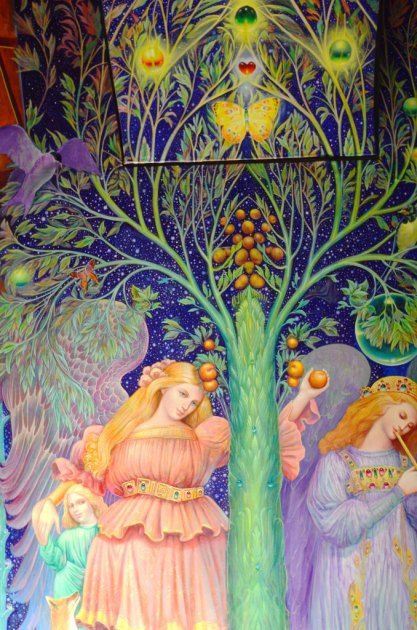























.jpg)





















.jpg)









 Ernst Fuchs was born in Vienna. He was interned in a transit camp for part of World War II, due to his father being Jewish, but his mother, being Christian, had him baptised which saved him from becoming one of the victims of the Nazi Holocaust. After the war he attended the prestigious Academy of Fine Arts in Vienna where he met fellow students Arik Brauer, Fritz Janschka, Wolfgang Hutter, Anton Lehmden, as well as the somewhat older Rudolf Hausner.
Ernst Fuchs was born in Vienna. He was interned in a transit camp for part of World War II, due to his father being Jewish, but his mother, being Christian, had him baptised which saved him from becoming one of the victims of the Nazi Holocaust. After the war he attended the prestigious Academy of Fine Arts in Vienna where he met fellow students Arik Brauer, Fritz Janschka, Wolfgang Hutter, Anton Lehmden, as well as the somewhat older Rudolf Hausner.